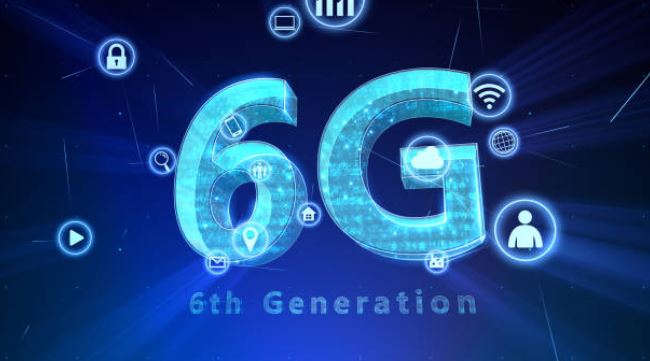6G networks are the next generation of mobile communications technology that is expected to be deployed in the early 2030s. 6G will be a significant leap from 5G, offering unprecedented speeds, low latency, and increased capacity for connecting devices over wide areas. It will be able to accommodate up to 1000 times faster data rates than current 4G/5G networks and support significantly larger numbers of connected devices.
The development of 6G technology will build on advancements already made in 5G networking, such as network slicing, massive MIMO (Multiple Input Multiple Output), more spectrum bands allocated for communication, wider bandwidths, beamforming, and edge computing. 6G will also make use of new approaches like terahertz frequencies, quantum communication, machine learning (ML), artificial intelligence (AI), full-duplex communications, and 5G+ technologies.
The development of 6G networks is expected to bring a multitude of benefits in terms of increased speeds, improved capacity, better coverage, and lower latency. It will also enable new use cases such as driverless cars, Internet of Things (IoT) applications, virtual reality (VR)/augmented reality (AR) experiences, holographic media streaming, cloud gaming services, and remote healthcare. Moreover, 6G technology will provide a secure platform for the next generation of connected devices and offer unprecedented levels of privacy protection through advanced encryption Cohere technologies.
Ultimately 6G will open up limitless possibilities for connecting people, places, and things across the globe. It will revolutionize how we experience the world and enable us to explore new ideas and opportunities that could not be imagined with previous generations of wireless technology.
What are the advantages of 6G vs. 5G?
The main advantages of 6G over 5G networks are higher speeds, more capacity, improved coverage, and lower latency. 6G technology is expected to offer data rates up to 1000 times faster than 4G/5G networks due to advances in network slicing, MIMO, and beamforming. It will also be able to accommodate larger numbers of connected devices with reduced interference between them. Moreover, the use of terahertz frequencies and quantum communication will allow for wider bandwidths and improved signal propagation resulting in better coverage and lower latency. Finally, 6G networks will provide enhanced security through advanced encryption technologies as well as enable new use cases such as driverless cars, IoT applications, VR/AR experiences, cloud gaming services, and remote healthcare.
What are the potential applications of 6G technology?
The potential applications of 6G technology are vast and include driverless cars, Internet of Things (IoT) applications, virtual reality (VR)/augmented reality (AR) experiences, holographic media streaming, cloud gaming services, and remote healthcare. Additionally, 6G could be used to enable end-to-end communications between people, places, and things across the globe in a secure manner. This could lead to new levels of automation and efficiency as well as create entirely new business models that were not possible with 5G networks. Finally, 6G is expected to provide unprecedented levels of privacy protection through advanced encryption technologies which will help protect users from malicious actors or hackers.
What are the challenges of 6G technology?
The development of 6G networks presents a number of technical and logistical challenges. Chief among these is the need to develop new technologies such as terahertz frequencies, quantum communication, and machine learning (ML) which can effectively be used in a real-world environment. Additionally, there are numerous regulatory hurdles that must be dealt with before 6G networks can become commercially available. For example, countries will need to develop appropriate spectrum policies to ensure that 6G networks operate efficiently and effectively. Finally, it also remains to be seen how governments and businesses will address the privacy concerns associated with large-scale deployments of connected devices operating on 6G networks. All of these issues must be dealt with before 6G networks can become a reality.
In conclusion, while there are a number of technical and logistical challenges associated with the development of 6G networks, the potential benefits they could provide to our lives are significant. Increased speeds, more capacity, improved coverage, lower latency, and enhanced security will enable new use cases such as driverless cars, IoT applications, VR/AR experiences. Additionally, the use of quantum communication and other advanced technologies will open up limitless possibilities for connecting people, places, and things across the globe in a secure manner. As such we can expect to see 6G networks playing an increasingly important role in our lives in the near future.
